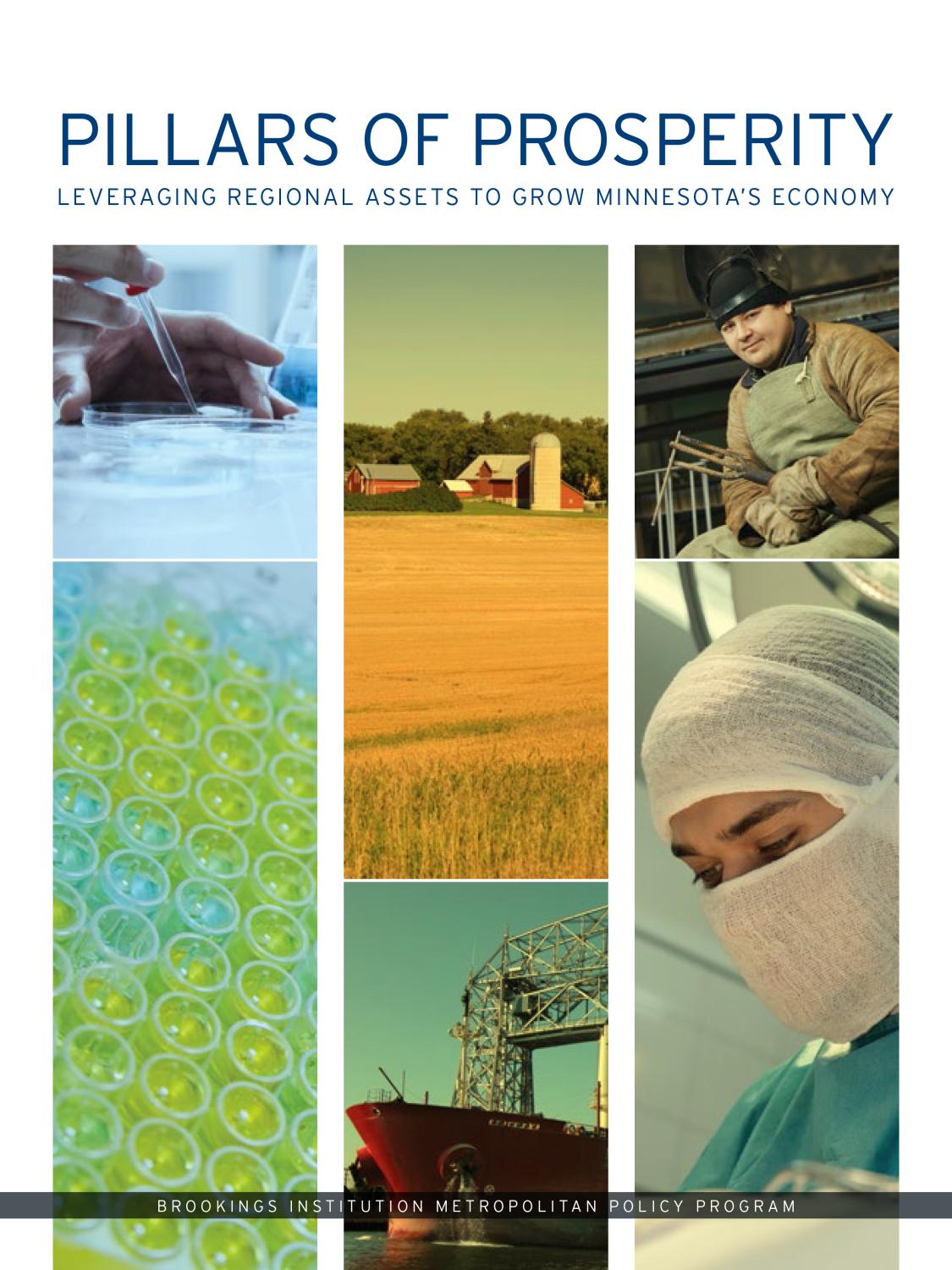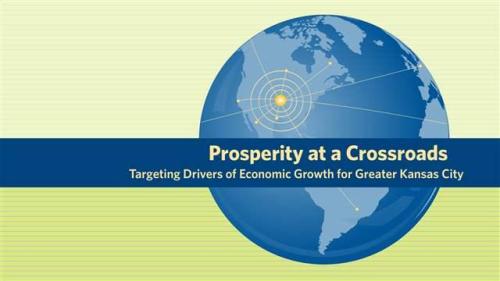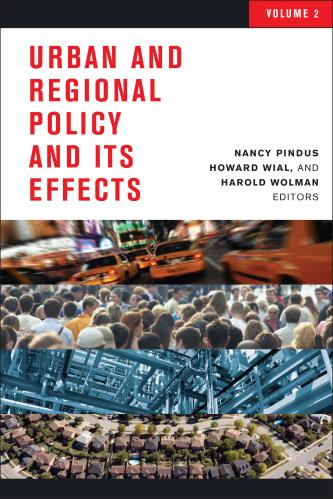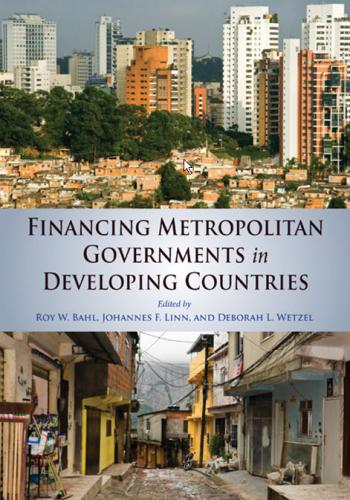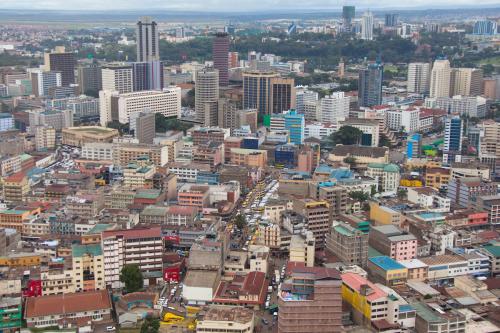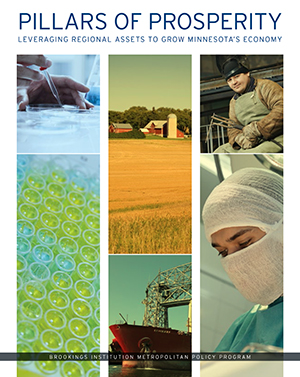 Minnesota has always been rich with assets—a skilled labor force, good jobs in diverse industries, globally competitive companies, and abundant lakes and parks that provide a high quality of life for the people who call it home.
Minnesota has always been rich with assets—a skilled labor force, good jobs in diverse industries, globally competitive companies, and abundant lakes and parks that provide a high quality of life for the people who call it home.
However, to maintain its strong economy and quality of life, Minnesota must adapt to fast-changing trends in the global economy, trends that affect each of the state’s regions and communities differently.
This report explores how the state of Minnesota—the governor’s administration together with the Minnesota Legislature—can partner with regional networks to foster economic growth and extend prosperity to greater numbers of Minnesotans.
The trends and recommendations in this report emerged from a multiyear collaboration with the Minnesota Department of Employment and Economic Development (DEED) and regional partners throughout the state. The report sets out a comprehensive and nuanced picture of the challenges and opportunities confronting Minnesota’s regions—from the greater Minneapolis-St. Paul metro to the regions in Greater Minnesota that anchor the state’s health care, manufacturing, and agricultural assets. It highlights new approaches the state of Minnesota can deploy to empower leaders and institutions in these regions to develop and execute solutions tailored to their communities. As regions are the building blocks of the state economy and the locus of opportunity for workers and families, the state of Minnesota must embrace an asset-based, regional approach to growth and opportunity if it is to nimbly adapt and prosper going forward.
In particular, this report finds the following:
1. Although Minnesota’s economy has performed well on many counts in recent years, its future economic strength is not assured.
2. Regions need to invest in the proven pillars of economic growth and competitiveness—innovation, trade, and talent—in order to ensure that all Minnesotans benefit from the state’s strong economic performance.
3. To expand economic opportunity and prosperity, the state of Minnesota should empower its regions to accelerate action and problem-solving on the three pillars of economic growth.
In the near term, Minnesota’s state officials should focus on what its leadership can do best: establishing a high-level vision and goals for Minnesota’s growth
and prosperity; better aligning existing programs and investments in innovation, trade, and education/skills development to support such goals, especially at the
regional level; and creating shared interests among regions to benchmark progress against key indicators of success.
In the longer term, the state has an opportunity to formalize a policy framework and high-level interagency approach to regional solutions to economic prosperity. The governor’s administration and state legislature could more directly invest in bottom-up initiatives and collaborations.
With Minnesota’s economy and revenues rebounding, now is the time to ensure that growth is broadly shared— in every region and for every Minnesotan. The most
effective way to do so is engaging the leaders who are on the frontlines of change, and giving them the streamlined tools, incentives, and resources to create the foundation for long-term prosperity. Adopting a regionally driven economic development agenda today will bolster the competitiveness of Minnesota and its regions tomorrow in the ever-changing global economy.


